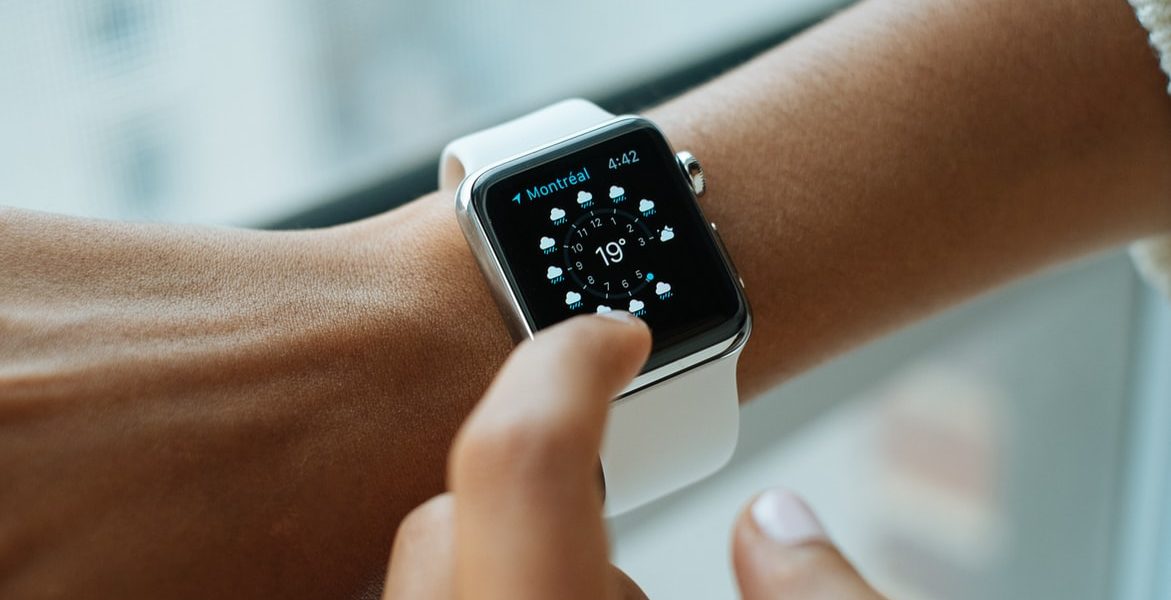I’m a self-confessed early adopter of tech. I can’t resist getting my hands on the latest iPhone; Bluetooth headphones were an immediate must have; and Alexa has been making herself comfy on my coffee table for a while now!
But when it came to the Apple Watch, I was a late adopter. So what kept me from getting this gadget the minute it hit the shelves?
If I’m honest, for that price I had to really ask myself ‘do I need this?’ With most new tech products the reasons for buying it are loud and clear; and I have to do little self-convincing. But when it came to the Apple Watch I couldn’t escape the thought that this really was just a ‘nice to have’, and so for once I wasn’t willing to splash my cash.
Clearly Apple were not making a convincing argument as to what consumer need their watch could solve. How was I going to use the watch? I wasn’t sure… Was it worth the money? Nah…
This problem is common to the wearables industry, which is often branded by consumers as an industry offering expensive gimmicks. Even early adopters need convincing what the consumer need is and how a wearable can solve it.
Finally, though, my magpie tech tendencies got the better of me, and last month I bought myself an Apple Watch as a birthday present to myself.
As with any other new gadgets, I didn’t read the manual, as I like to figure out how things work along the way. The Activity Rings was the first feature to introduce itself. I was watching a film when my watch started buzzing and told me that I had to stand up and move for a minute to complete one of the activity rings; the stand ring. You’re advised to stand for at least one minute an hour. I did as I was told, sat down, and my watch to start buzzing again. The breath app was reminding me to breathe. A very important reminder, thank you watch.
Uh oh, I thought. Had my fears been realised and was my birthday present a dud? Was this, after all, just an expensive gimmick?
Three weeks on, though, and I have been pleasantly surprised. Not only have I tailored my watch to my preferences (I figured I’d remembered to breathe up till now so probably didn’t need reminding) and started putting it to real use for reminders and exercise. But more than anything, the watch has positively changed my interaction with my phone.
Like most, if I had a message or notification on my phone I would instantly check it, only to find that five minutes later I was still hooked to the screen doing something completely different. Now that my watch sends me notifications I give it one quick look and then I’m back in the real world again.
My iPhone was a gateway to time wasting, my Apple Watch has been accidental rehab.
The confession: in the end I bought the watch just because I’m an early adopter at heart. But remarkably, it has solved a pain point I didn’t even realise existed.
It’s a bit of a paradox; tech that helps me avoid tech. But it’s still a consumer need.
So here’s the moral of my story; innovations need to solve a consumer need. And brands need to communicate to consumers exactly what and how that need will be solved.


